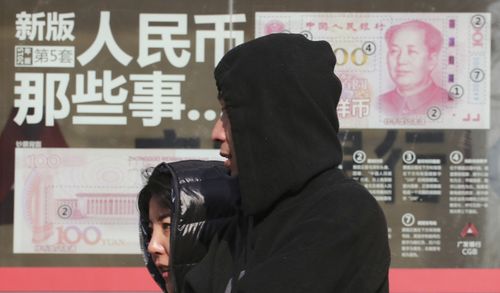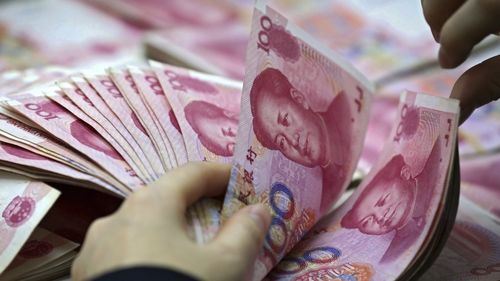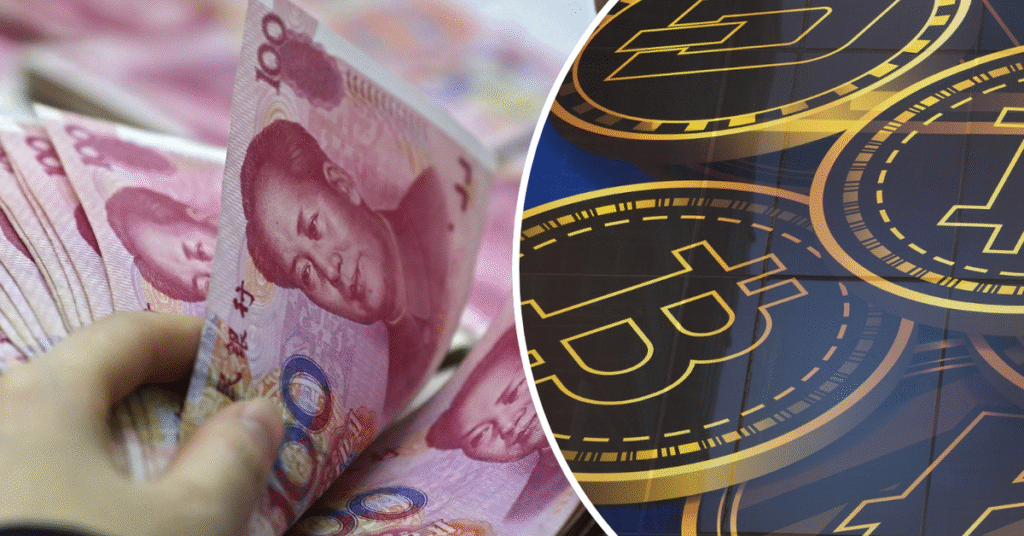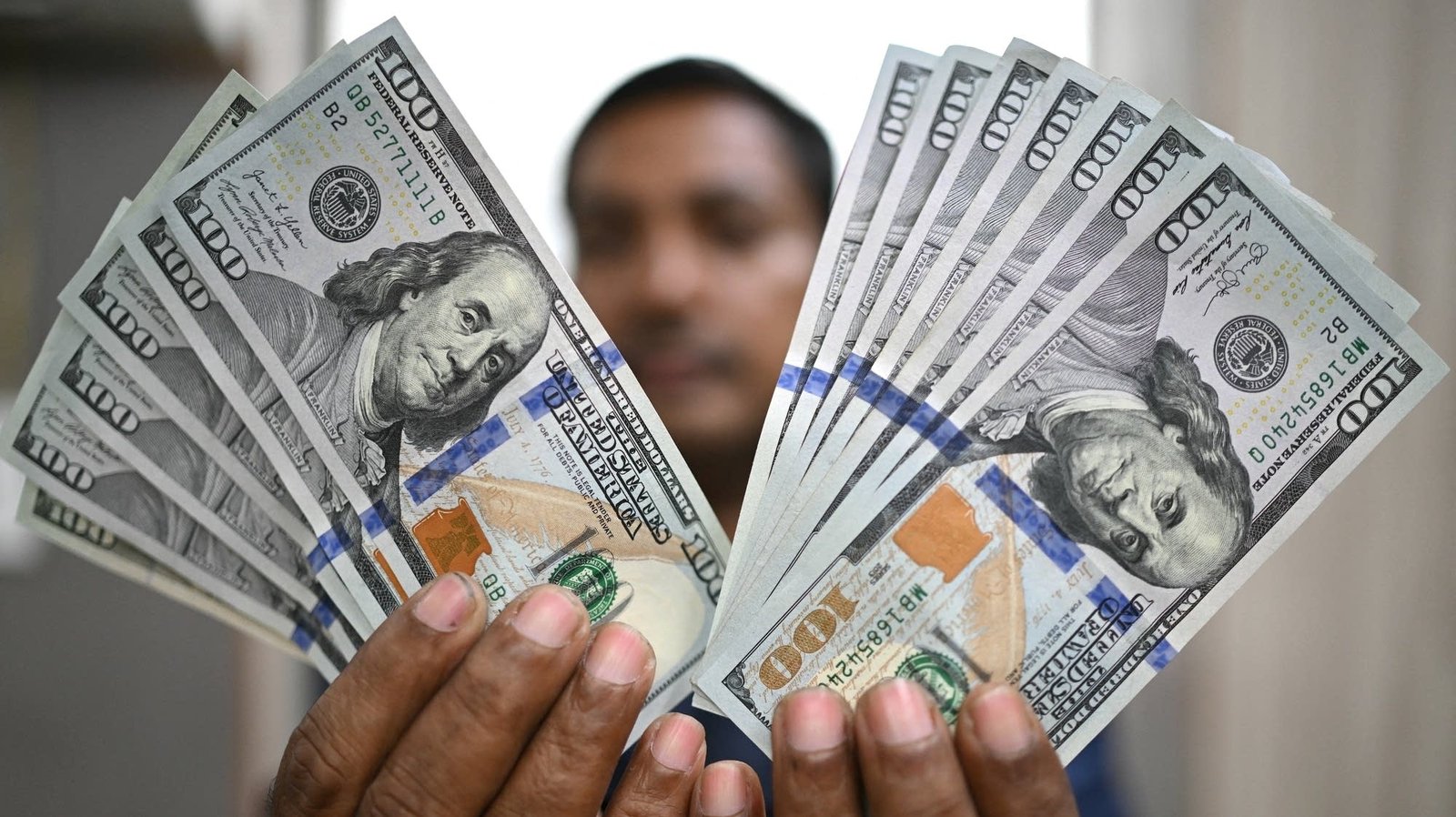If some of the less trustworthy corners of the internet were to be believed, China took a fairly drastic step against cryptocurrencies last weekend by banning them.
As it turns out, that was fake – or at the very least old – news; Beijing did put a ban on trading and mining crypto, but that was handed down on September 24, 2021, a lazy 1409 days earlier.
But if you zoomed out just slightly from the Chinese mainland, then there was a genuine development.

On August 1, new regulations in Hong Kong came into effect, allowing companies to apply for a licence to issue stablecoins.
Unlike more typical cryptocurrencies like Bitcoin, whose value fluctuates wildly, the value of stablecoins is pegged to that of currencies or commodities, removing the volatility that deters some investors.
They don’t just account for pocket change, either.
According to ANZ, stablecoin transactions were worth $US27.6 trillion ($42.5 trillion) last year alone.
That’s more than all transactions made using Visa and Mastercard combined, and about 15 times the value of the entire Australian economy.
Hong Kong isn’t the only jurisdiction to regulate stablecoins recently.
US President Donald Trump signed the GENIUS Act (officially the Guiding and Establishing National Innovation for US Stablecoins Act) on July 18, one of three major bills to clear the House during what was touted as “crypto week”.

“The regulations in the US and Hong Kong have attracted significant market attention,” ANZ chief greater China economist Raymond Yeung wrote.
“Companies involved in issuing and trading stablecoins have seen their stock prices rally massively.”
In Australia, meanwhile, the RBA has ruled out the idea of a central bank digital currency for now, but announced the start of a trial of tokenised currencies, including stablecoins, in July.
Not that everyone thinks they’re a good idea.
Law professor and prominent crypto critic Hilary Allen compared the GENIUS Act to the pre-regulated financial era that led to the Great Depression.

“It won’t just be crypto taking advantage, it’ll be everybody,” Allen told CNN last month.
“And then we get to unregulated markets for all kinds of investments, which is where we were in the 1920s, and we saw how that ended.”
The Hong Kong regulations come as some Chinese tech giants, including e-commerce behemoth JD.com and the Alibaba-linked Ant Group, have reportedly pushed Beijing to allow stablecoins linked to the yuan to counter the surge of US dollar-backed crypto.
More than a few commentators and analysts have talked of Hong Kong acting as a testing ground for the mainland.
“The emergence of stablecoins in the 2020s gave hope to the internationalisation of the (yuan), and the passing of Hong Kong’s stablecoins ordinance was viewed as a further step in that direction,” Yeung said.
At the same time, it’s no secret China wants to get away from the reliance on the US dollar in international transactions, and promote the yuan in its place.
So could a yuan-backed stablecoin offer a way to do just that?

According to Yeung, even if Beijing does allow them, a stablecoin on its own won’t drive dedollarisation – it’ll come down to a host of other factors.
“Some observers think it could help,” he wrote.
“But it’s likely any currency diversification will depend on the popularity of the yuan, rather than any one technology…
“Should China want to allocate less foreign reserve to $US, then stablecoins backed by other currencies are the alternative, not the yuan-backed stablecoin.
“The issuance of yuan-backed stablecoin requires sufficient high-quality liquid assets.
“This could be limited by the issuers’ access to renminbi deposits, offshore China sovereign and sub-sovereign bonds and their access to the onshore bond market.
“Stablecoin issuance, and their reserve funds, will increase demand for these assets.
“But ultimately, the success of renminbi internationalisation will drive yuan-backed stablecoins — not the other way round.”







